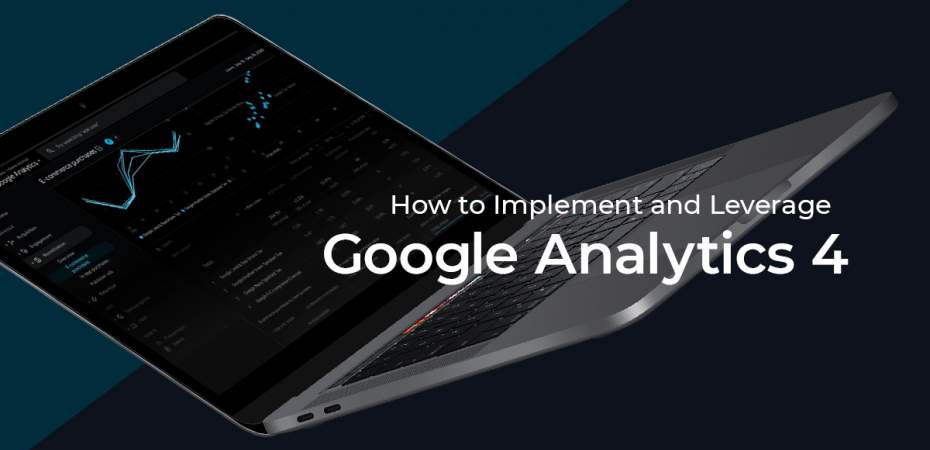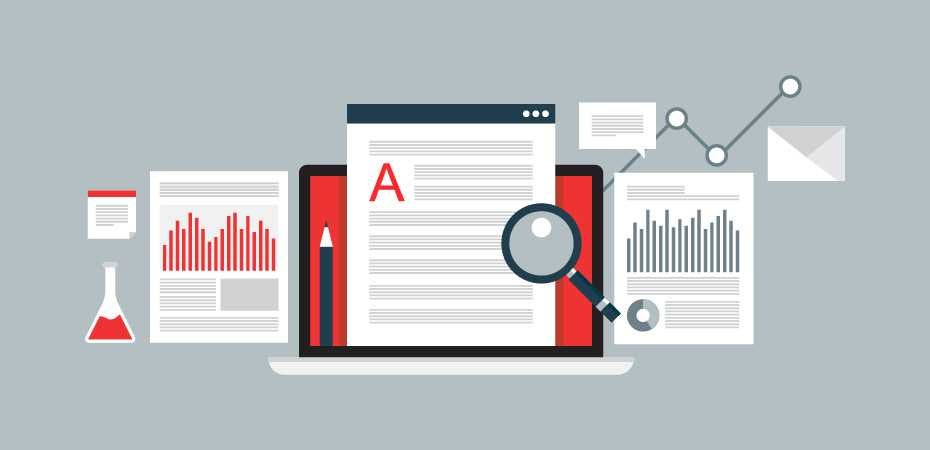November 29, 2023
| Article | Advertising
Looking Ahead: How Marketers Can Adapt to 2023’s Landmark Data Privacy Advancements
Ever since Google’s landmark announcement in 2020 that it intended to ban third-party cookies, marketers have been adapting their advertising and marketing strategies in preparation for a cookieless world. Third-party cookies are text files that contain small data fragments used to recognize a user’s computer and track their activities across various websites. These cookies play a role in cross-site tracking, retargeting, and serving curated ads to users based on their online behavior. Put another way, third-party cookies create a window into consumer interests and purchasing habits, and they allow marketers to better identify and market to their target audiences.
As a consumer, I understand this push for greater privacy. My personal data is something I want brands to take seriously, and it is reassuring to see large technology companies taking steps to protect users’ personal information
But as a marketer, it represents a significant challenge as less data often means less efficiency and greater advertising costs. And yet, while the challenges have been widely reported, we’ve yet to see the significant negative impact the marketing community has feared. This is largely due to the “slow roll” approach these tech companies have taken in enacting these changes, but momentum is brewing. The Google Analytics (GA4) transition and Apple’s latest software update, iOS 17, both rolled out over the summer and limit the amount of personal data that marketers can track. I expect both consumers and marketers will feel this difference this holiday season. Consumers will see less targeted ads, and marketers will have to spend more to generate equivalent results to years past.
Budgets for this holiday season, aka ‘prime time’ in the world of media spend, are largely already set in stone, but that doesn’t mean marketers can’t still optimize their campaign strategies. For savvy marketers seeking to adapt to changing privacy rules and prepare for a successful 2024, here are marketing strategies to consider:
Growing your first-party data
Without third-party data, organizations will need to focus on first-party data. This is data collected directly from your customer base, including demographics, purchase history, website activity, mobile app data, email engagement, sales interactions, support calls, customer feedback programs, interests, and behavior.
While the vast majority of marketers, close to 90%, acknowledge the pivotal role played by first-party data, over a third express challenges in upholding its quality and precision. This struggle is further exacerbated by the rising anxiety among consumers about privacy; 83% are concerned about divulging personal information online. When customers are apprehensive about how businesses handle private data and their ability to keep that data safe, they become less inclined to engage in efforts aimed at information gathering.
While there are a number of ways to collect first-party data, focus on those that are most efficient and help ease consumers’ data-privacy concerns:
- Focus on opt-in strategies: be it an email newsletter or SMS texts, opt-ins give control back to consumers. Once prospects have voluntarily engaged with your company, you can feel safe targeting them with personalized messaging. Prioritize the optimization of your website, emails and content to push customers towards a call-to-action (CTA) that drives consumers to opt-in to future content. Email and SMS acquisition ads, when done effectively, can be a fruitful way to generate new interest and grow your first-party data.
- Build your social media following: To gather first-party data, your brand first needs to catch customers’ attention. Promoting your brand across a multitude of channels amplifies your online presence and can drive website traffic and generate new leads.
The more first-party data feeding into your CRM database, the greater efficiencies you can find with your media spend.
Diversify your medium
To overcome a decrease in available third-party data, marketers must also focus on diversifying their marketing spend. This guidance has withstood the test of time, but it has never been more true nor business-critical than it is now. Part of diversification is allocating spend across all stages of the sales funnel. One fatal error I’ve seen customers make is over-prioritizing bottom-of-the-funnel marketing channels, including Google Adwords or just remarketing. In doing so, you're limiting your access to new audiences because again, recent privacy updates will make it increasingly challenging for marketers to identify and target new customers.
Consider programmatic partners that can help you expand your top-of-the-funnel activities, such as connected TV (CTV) ads, digital out-of-home (DOOH), audio and display. This approach, however, isn’t a golden ticket as there aren’t fool-proof ways of measuring the effectiveness and conversions stemming from advertisements run on audio platforms like Spotify, Pandora, or your local radio stations, nor through YouTube TV or Sling. Marketers will need to adapt their multi-touch attribution models to better track and measure these campaigns. Companies like Rockerbox, Triple Whale, Qualtrics, and LeadsRX leverage machine learning and AI to build custom attribution models for organizations, and there’s talk that GA4 will have some form of multi-attribution model built into it. But, ultimately, there is no one-size-fits-all approach. It requires time and budget to collect quality data that will allow machines and algorithms to build an effective attribution model.
Looking ahead
As we evolve towards a world that better prioritizes data privacy, marketers will be forced to experiment and iterate to generate results – a truth that has long been embedded in a marketer's DNA. This isn’t a time to panic, but to reevaluate. In absence of third-party data, organizations must build their first-party databases, and they must re-prioritize top of the funnel channels that will prospect and nurture your brand, particularly in B2B which often has a longer lead generation cycle.
Holiday season media spend will infuse marketer’s attribution models with new data that can help inform fund allocations in 2024 and other key media spend holidays, such as the upcoming 2024 presidential election, Super Bowl, Valentine’s Day, and more. Reach out to our team to discuss how we can help you adapt and position your marketing efforts to excel.

